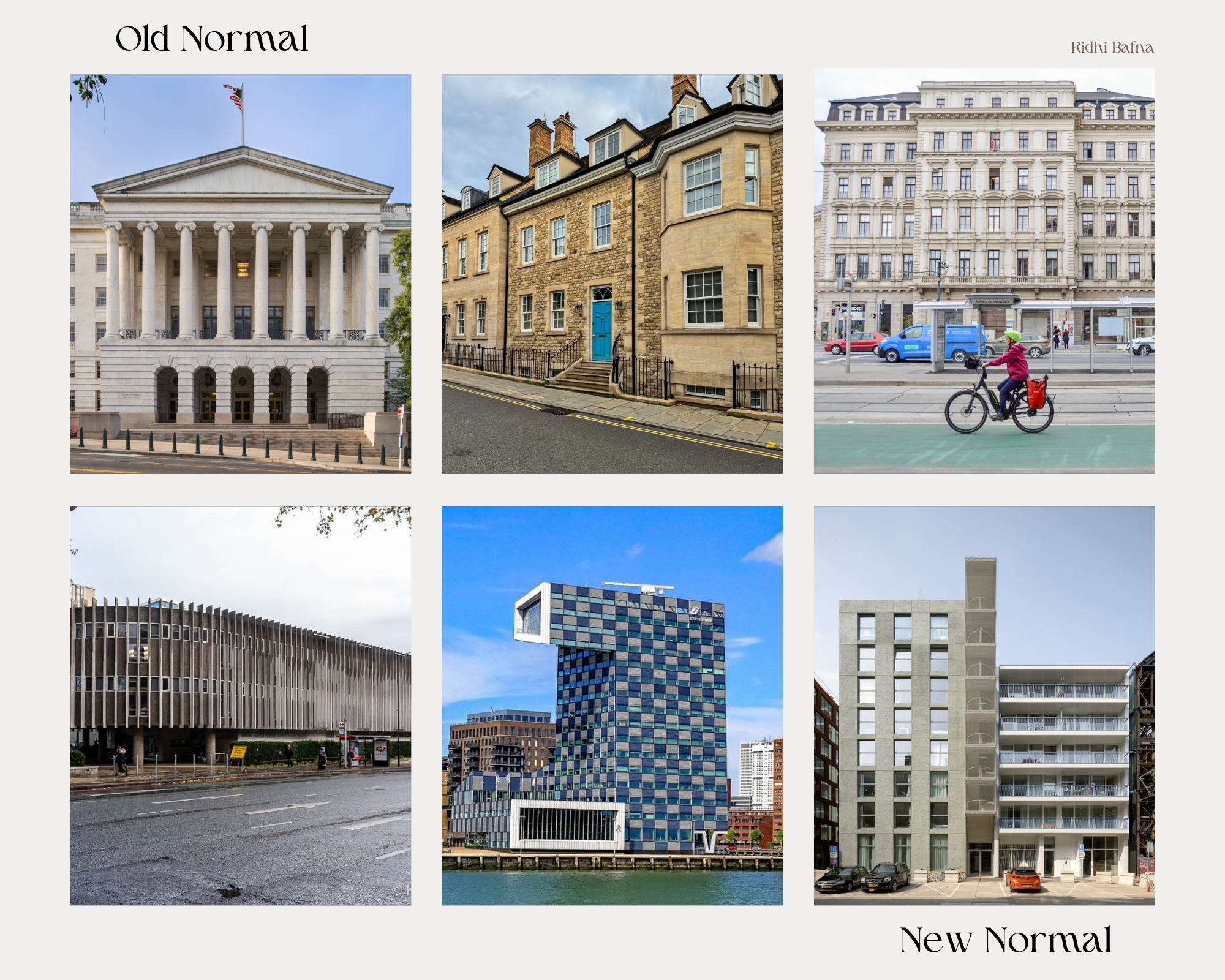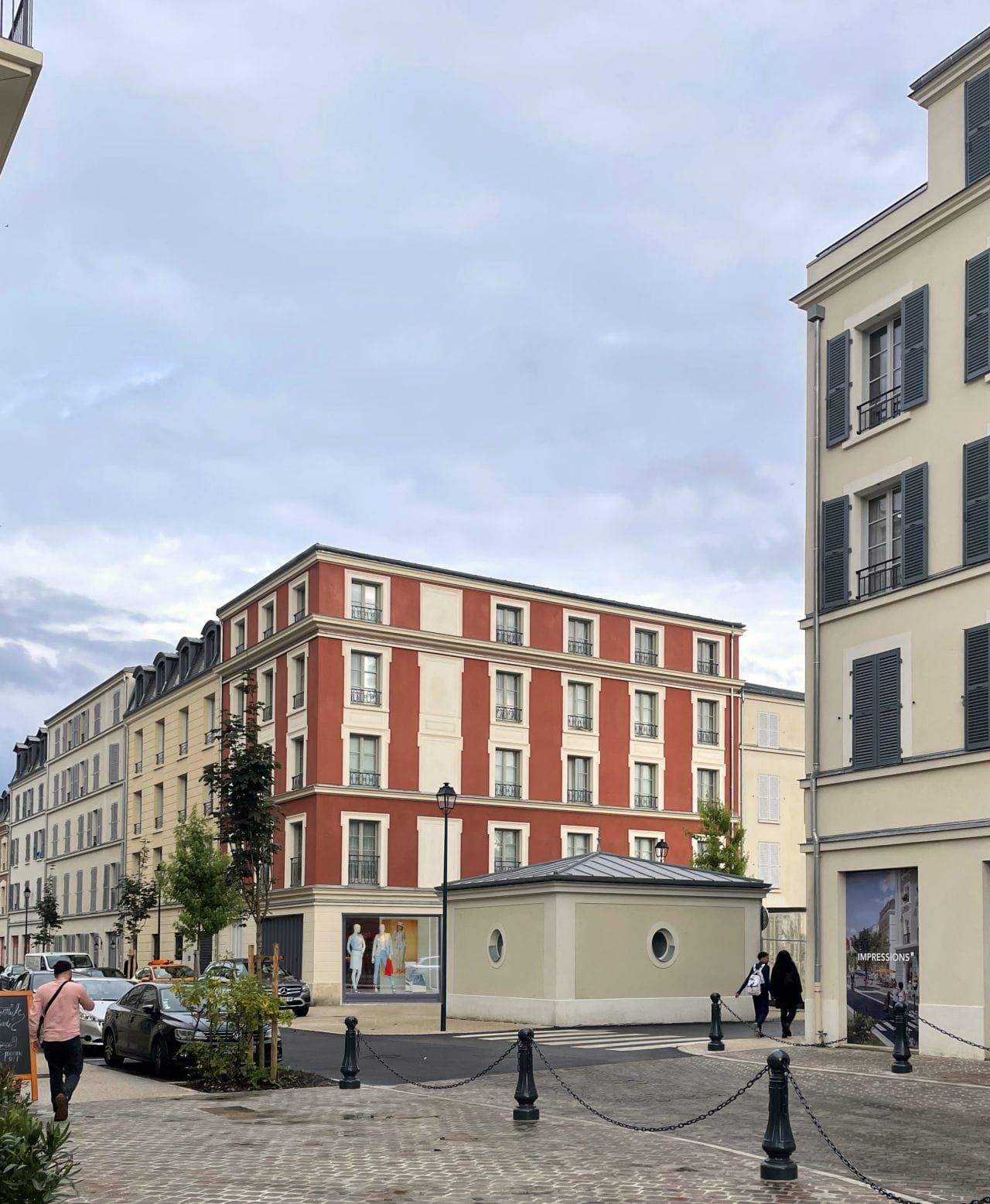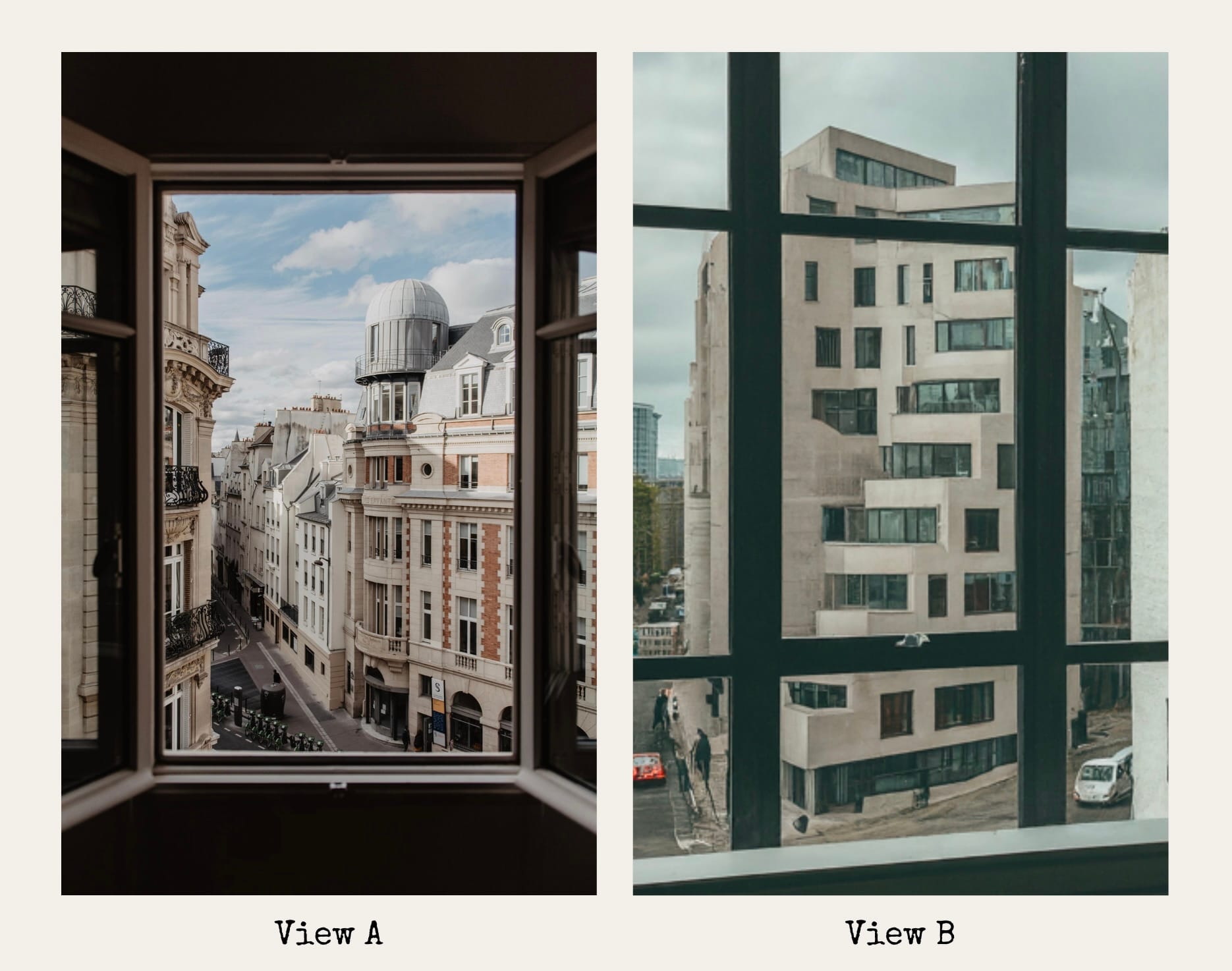How Architecture Around Us Influences Creativity and Mood

"Classical architecture is the mother tongue of the built environment." —Quinlan Terry
What do you see all around you?
Most of us don't live in places where we have access to classical architecture, which wasn't the case pre-Second World War.

"Normal" doesn't mean right or wrong. It's simply what you engage with the most, which then becomes your standard.
A big reason why we don't build classical buildings anymore is that we've lost touch with them. Familiarity breeds contempt, and in architecture, it's no different.
When something's out of sight, it's out of mind.
It's like the case of people who were once always in your hair, best buds, but then new ones came along, and you lost touch. Years later, when you reacquaint, you can't remember why you ever drifted apart. They're still just so fitting with you.
Classical architecture has the same quality.
Even when you encounter it years later, it still feels like coming home. It's the timeless elegance of it that instantly draws you in.
The human scale, attention to detail, and humility to blend with its neighbors – that's got to be charming, right? No one likes an intruder. We all prefer someone who can blend in rather than impose.
Elegance lies in harmony with our surroundings, not dominance over them.

An example of the power of environment. ⬇️
I am a child of my environment. I am a product of my times. I am a part of all that I have seen. - Adlai Stevenson
How architecture influences our creativity:
Creativity requires focus but not too narrow of a focus. It's a tricky balance and so, people try different methods to achieve this ideal state.
One fine method is: when a creative is practicing, she's only allowed one distraction. She can either do the work or stare out the window. Just you, your work, and the view beyond the glass.
Doing that removes mental blocks. It's like finding love when you least expect it.
When you're intensely focused on a creative task, like finding the perfect chair design to complement a Victorian-styled bed but are struggling, looking away can help.
Stepping away allows your brain to continue processing the problem subconsciously.
When you're actively focusing on a problem, you're in a state of focused thinking, which is great for analytical and logical tasks. However, creativity mostly comes from diffuse thinking, where your mind wanders and makes connections between seemingly unrelated ideas.
So staring out the window makes room for diffused thinking. Now onto the catch.

The practice of staring out the window would be great if you have View A, but would it be just as helpful and inspiring if View B is your view, or worse? Will staring out the window still be an activity an artist actively indulges in day after day, for the many years she's going to live here?
It's a vicious circle. You're not feeling creative, so you try some exercises to spark inspiration. But those exercises leave you even more uninspired, and the designs you create end up being as uninspiring and dull as your environment.
It’s like trying to cheer up by watching a sad movie.

You know, most things don't happen for us because we begin with the belief that they can't be done.
This attitude exists to an unhealthy degree among architects. Thousands of new classical buildings are built every year, yet 99% of architects wouldn't consider it the right answer.
Sometimes I wonder if we intentionally build mediocre, industrial, charmless buildings with short shelf lives. Because if every piece of land were occupied by beautiful, preservation-worthy buildings, many architects might find themselves out of work.
Well, It's just a wild thought!
Engineering sticks to functionality because that's their part, but architecture has to go beyond that. If both parties are working toward the same goal, then it's just too many cooks after a point.
Architecture begins where engineering ends. - Walter Gropius
When you're having a bad day, the last thing you would want is to have it worsen by your environment.
Good architecture might not shift your mood radically, but it's at least nice being in an environment of order, beauty and proportion when your mind is a chaotic mess.
It certainly can't clean up your mess, but it won't add to it either. Which is about the most we can expect from a bunch of static, non-living buildings.

Classical architecture is a reminder of what we've lost and what we could reclaim.
It’s not about living in the past but recognizing the enduring beauty and wisdom of timeless design. After all, anything that stands the test of time, doesn't go out of style, earns its classical stripes. So, as you put in all this effort, shouldn't your goal be to remain eternally in style?
And then maybe, just maybe, as we look out our windows at these harmonious structures, we’ll find a sense of balance mirrored in our own lives.
"The classic is not a dead thing. It is a living tradition." - John Ruskin
